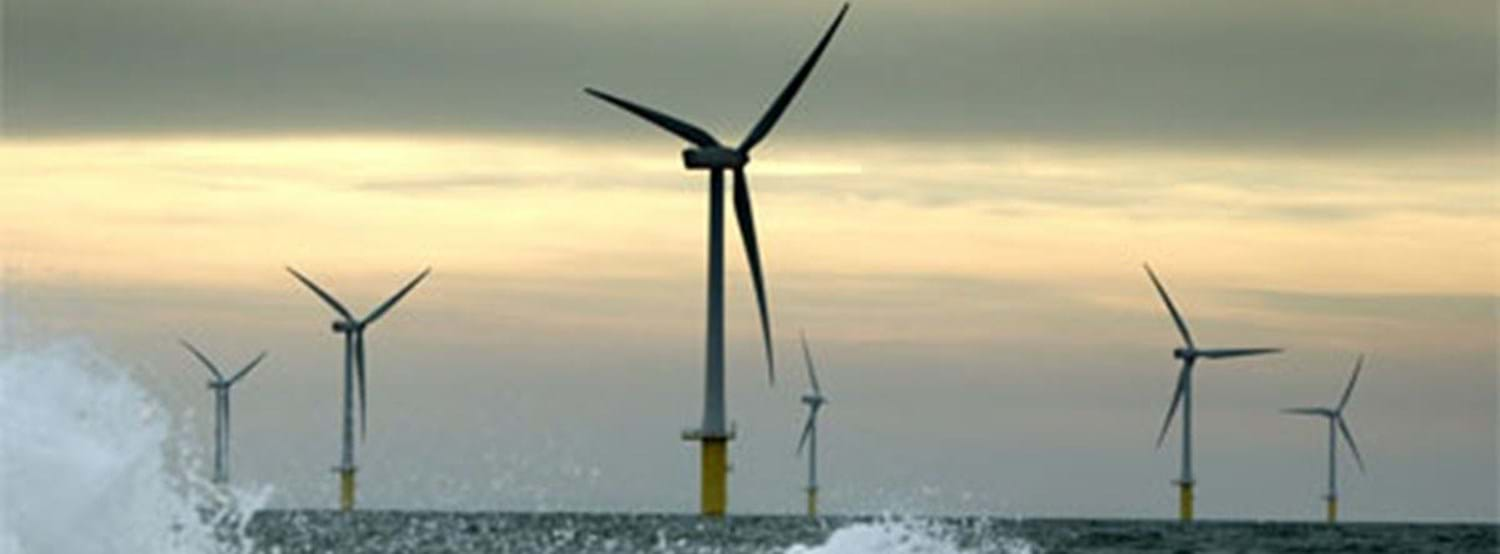Offshore Wind Business Opportunities

In October 2017 GCE Subsea became a member of WindEurope, the driving force for wind power growth in Europe, to strengthen crossover capabilities for our members.
A growing number of GCE Subsea members are taking positions in the European offshore wind market. To support them with the best industry insights, networking with the right partners and project opportunities, GCE Subsea became a member of WindEurope, the wind industry’s voice in Europe – representing offshore wind market leaders such as Dong Energy, Siemens Gamesa, E.oN, Vattenfall, EDF and Iberdrola.
A Growing Market
The EU offshore wind market is maturing and is expected to grow to over 23 gigawatt (GW) in 2020. Eleven EU countries are invested in this market, including the UK, Germany, the Netherlands, Belgium and France. The pipeline of consented projects in these markets alone accounts for 23,5 GW.
The most significant market development has been observed in the UK, where costs for new capacity have fallen dramatically from a “fixed” strike price under the Contracts for Difference system of £120/MWh for projects coming live in 2017/2018, to 74,75/ MWh for projects due to come online in 2021/2022.
As the cases of both Seaproof Solutions and Imenco demonstrate, GCE Subsea members can add significant value on both accounts. Besides, Statoil has already become a significant player with two full-scale, bottom-fixed windmill parks including Sheringham Shoal and Dudgeon and the recent addition of Hywind Scotland, the world’s first floating windmill park. Statoil also owns a large stake in the Dogger bank licences.
Market Entry is Tough – Commitment Pays off
According to the 2017 NORWEP Report: Norwegian Supply Chain Opportunities in Offshore Wind, although Norwegian actors across the supply chain can deliver significant value, market entry is tough due to lack of track record in the offshore wind industry and a perceived lack of long term commitment.
According to the same report, to succeed, Norwegian companies should be aware of some fundamental differences such as higher demand for standardised products, the role of direct price subsidies (and how “subsidy-free” in Germany may not be so in the UK), value creation through IPR and a less mature contracting process. Through our WindEurope membership we are hoping to make it easier for GCE Subsea members to understand the risks and opportunities faster in order to build strong market positions.
Contact Information

